h3. Where country and city clash
It is ox blood that first stained the slaughterhouses of Mataderos pink. The name of the neighbourhood itself means ‘slaughterhouses’. And throughout the week, Mataderos is still bovine hell – your last steak was probably alive and well (although a little trepidatious) until entering this suburb, at the westernmost end of Buenos Aires. However, on the weekend, particularly Sundays, the center of Mataderos becomes a fair and a celebration of all things country. It is where the country and city clash.
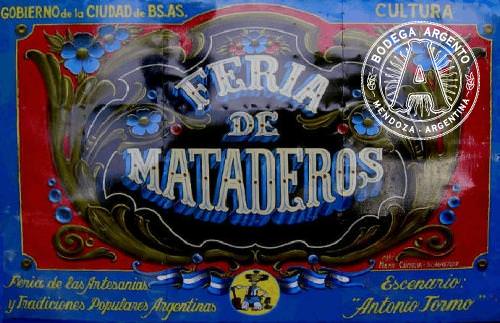
The gaucho holds a special place in the Argentine psyche. Strong, silent and slightly wild, the romance of the cowboy, alone on the pampas is heralded as an ideal, despite their brutal way of life. It perhaps explains the profusion of leather goods and country style furnishings in city apartment blocks, and any Argentine visiting the country unlocks their inner gaucho. But at the Feria de Mataderos, there is no pretence. The gaucho with a face like a leather satchel, wearing a boina (beret-like hat), faja (waist band), ponchos and alpargatas (espadrilles) has almost certainly come off the farm for some imbibing, some meat, and some dancing.
h3. Carnival atmosphere
Every Sunday, gaucho laments from the pampas, carnival tunes of Andean Jujuy, and accordion-led Chamamé from the north-west, can be heard – with men and women dancing in line, flirtatiously – but never touching. These real life knife-sporting gauchos, unlike their British Morris dancing contemporaries, manage to gambol more successfully with a handkerchief, largely thanks to their I-can-kill-a-cow-with-my-bare-hands profile. Every weekend sees a different line-up of artists from around the country, as well as invited guests from Bolivia, Uruguay and Paraguay – often with the dispora celebrating carnivals in their homeland.
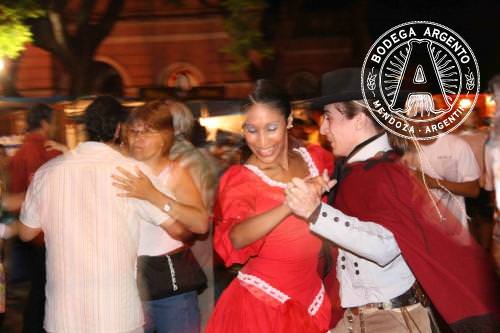
These long days of guitar plucking and dizzying dancing are inevitably accompanied with copious amounts of red wine (often the foot-trodden, sweet vino patero) and the gaucho favourite Bols ginebra. The Feria de Mataderos is also a great opportunity to taste Argentina’s fine regional cuisine. Alongside the staple meat and cheese filled pasties known as empanadas, are tasty tamales and humitas (stuffed corn-meal dough pasties steamed in husks) and a warming stew of meat, corn and whatever is lying around (and I mean whatever) called locro – all from the north of Argentina. Many also hand round Argentina’s national drink, mate, a tea like infusion served in a gourd.
It is also a chance for them to show off some horse riding skills. The gauchos – and little gauchitos – line up with prancing and panting horses to spear a small ring hanging from a ribbon while riding at a thundering gallop. To learn a little more about the gaucho, head into the fascinating (if a little tired) Museo Crillo de los Corrales (Avenida de los Corrales 6436, 4687 1949). Exhibits include farming implements and cartoons from the wonderful Florencio Molina Campos, whose caricatures have perhaps done more than anything to preserve the myth and type of gauchos.
h3. Marketplace of gaucho goods
Most visitors however, visit the feria for more than 300 stalls, selling all manner of gaucho paraphernalia such as boleadores (three leather bound rocks expertly swung to catch stray cattle), mate gourds, crafts, artisanal cheese, dulce de leche (yum!), bread, salami and hams. Around the market, there are restaurants serving some earthy asados, and bars, called pulperías, that serve cheap tumblers of wine.
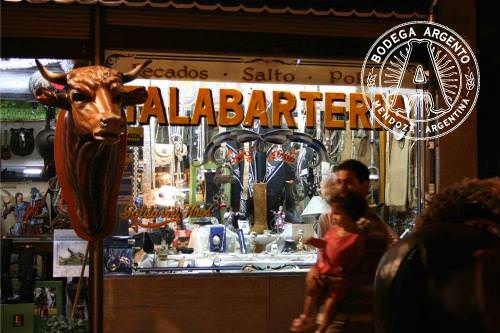
The fair started in 1986 as a way to protect the lifestyle of the countryfolk, and to celebrate different regions and the countries that border Argentina. Today, despite the long, bouncy bus ride, it has become hugely popular, regularly attracting 8,000 people for major folklore events. It has also been recognised as a site of national interest by the city government. It is, quite simply, one of the best days out in Buenos Aires, and an essential insight if you are not going to visit an estancia.
Lisandro de la Torre y Avenida de los Corrales
www.feriademataderos.com.ar (in Spanish).
Sundays from March to December.
Saturdays between January and March (check the website first).

Daniel Neilson

Latest posts by Daniel Neilson (see all)
- RUN BA RUN - July 12, 2016
- A Beginners Guide to Football Teams in Buenos Aires - September 10, 2014
- Argentina Hit Their Stride in World Cup 2014 - June 26, 2014

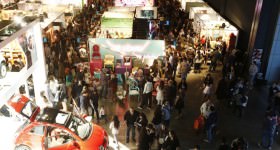 The Best of Argentine Design: Feria Puro Diseno 2013
The Best of Argentine Design: Feria Puro Diseno 2013 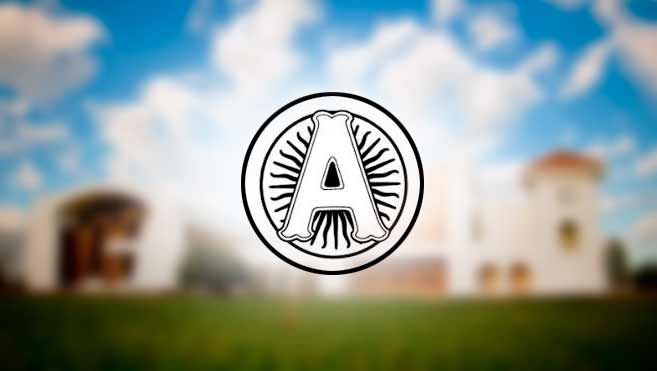 Festivals in Argentina
Festivals in Argentina 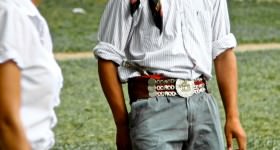 The Argentine Gaucho’s Influence on Global Fashion
The Argentine Gaucho’s Influence on Global Fashion 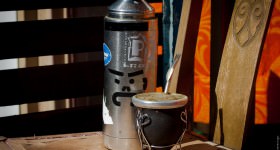 Teach Yourself Porteño: The Buenos Aires Lifestyle
Teach Yourself Porteño: The Buenos Aires Lifestyle  San Antonio de Areco: The Home of Gaucho Folklore
San Antonio de Areco: The Home of Gaucho Folklore  The 127th Annual Rural Exhibition in Buenos Aires
The 127th Annual Rural Exhibition in Buenos Aires  Where to Buy Shoes in Buenos Aires
Where to Buy Shoes in Buenos Aires 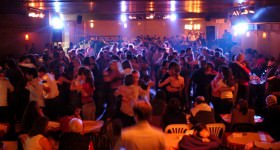 Tango in Buenos Aires: The Top 10 Milongas
Tango in Buenos Aires: The Top 10 Milongas  GrinGo StandUp English Comedy in Buenos Aires
GrinGo StandUp English Comedy in Buenos Aires 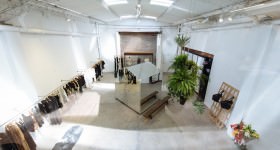 Buenos Aires’ Quirkiest Design Spaces
Buenos Aires’ Quirkiest Design Spaces  THE ULTIMATE CONCEPT BOUTIQUES IN BUENOS AIRES
THE ULTIMATE CONCEPT BOUTIQUES IN BUENOS AIRES 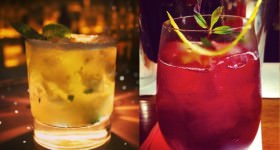 The Best Cocktails for Summer in Buenos Aires
The Best Cocktails for Summer in Buenos Aires
[…] heaven at Feria de Mataderos with horses racing down the street! Cowboys on concrete Outdoor parrilla in Mataderos El […]
[…] Feria de Mataderos is another slice of Argentine culture without the tourist price tag. This free fair runs every […]